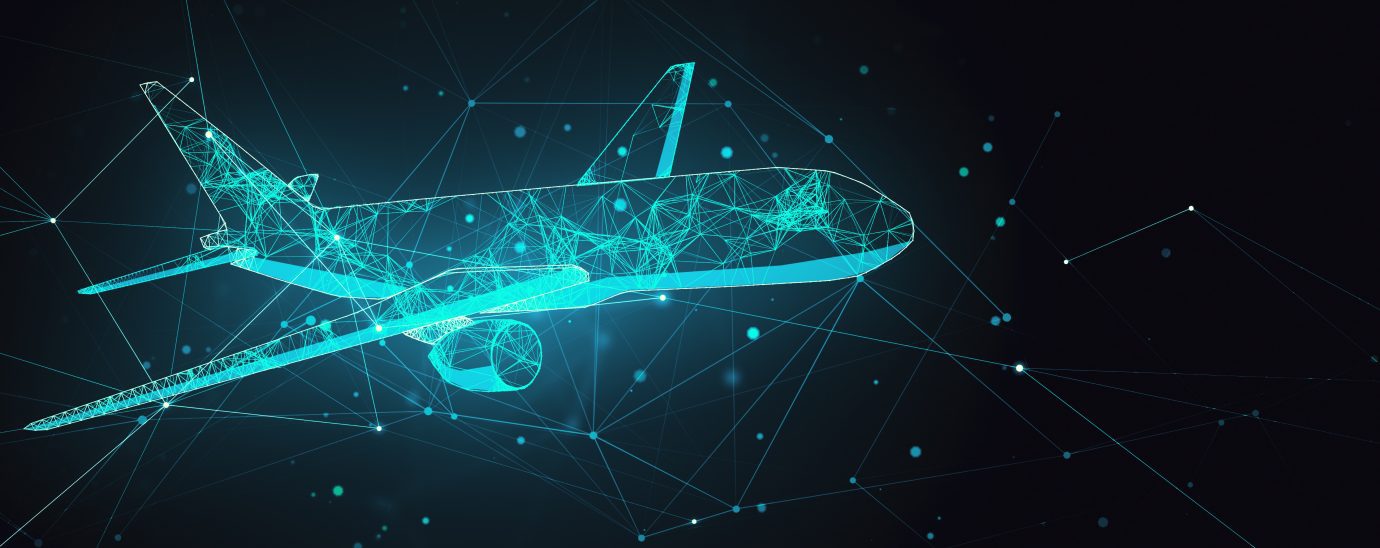Using technology to transform travel

Randel Darby, CEO, and Founder at AirPortr, gives us insight into the need to update the technology used for travel services.
Undoubtedly, the pandemic has been challenging for the travel industry. For much of 2020, airports were closed, and planes were grounded. While the world was placed into lockdown, eager travelers waited with bated breath to reopen international travel. But when they were finally able to step foot inside airports, they were left disappointed.
IATA reported in November 2021 that airport passenger processing times doubled to nearly three hours – an inconceivable amount of time just three years ago. Add to this the ongoing and renewed pressure for the industry to become more sustainable – airlines and airports are now thinking strategically about moving forward. Could now be the perfect opportunity for the travel industry to finally tackle digitization head-on?
The need to overhaul legacy infrastructure
There has always been an industry-wide hunger for innovation, including digitization. Still, developments have been held back by legacy infrastructure and a regulatory environment that can make a change and innovation challenging to deliver. However, a raft of customer-centric technologies is currently being discussed across the industry. In some instances implemented, will help air travel get back on its feet more sustainably while simultaneously streamlining the passenger experience.
One area that always seems to end up being neglected is baggage. It has been historically dealt with as part of the airport and airline ‘underbelly’, but this way of thinking has led to unsustainable business models and gaps in the customer experience that can no longer be ignored. That’s not to say no progress has been made. In September 2021, a number of strategic partners along with Future Travel Experience launched an industry-wide set of working groups to help process pioneering ideas and visions into reality.
The truth is, moving baggage from doorstep to plane still a very manual process – especially for passengers! Baggage is still being handled and processed in the same way as it was decades ago; it goes through the front door and is rolled in cages at airports or delivered airside using vans.
The cost and space implications of these processes make this a very unattractive product offering. Terminals are built to handle passengers and bags in one vertically integrated space. With this comes enhanced security requirements and considerable fluctuations in demand depending on the time of day and time of year.
It also means that baggage infrastructure consumes valuable space and energy in terminals. A significant footprint is built and maintained to handle peak baggage volumes, often costing an airport millions of pounds. There is, however, huge potential to transform baggage.
By digitizing it in the same way as other parts of the traveler’s journey (for example, online check-in), airlines have the opportunity to turn baggage processing from a cost to a profit center and from a pain-point to a seamless customer experience. Airlines and airports can drive operating and cost efficiencies, open new revenue streams and reduce the impact of loss and damage claims estimated to cost the industry billions of dollars each year.
By introducing the off-site processing of baggage, airport terminals would have significantly fewer baggage drop-off points and on-site processing units, leading to quieter, more efficient, and more sustainable terminals. This would also improve the travel experience for passengers, who would be able to travel to the airport hands-free, and skip the check-in counters and bag drop machines that interrupt their flow through the airport. Luggage could instead be collected from passengers’ homes and processed through Amazon-style fulfillment centers before being delivered to the airport.
The off-airport baggage market is certainly developing at pace, but the industry has become somewhat of a graveyard for failed off-airport baggage proof of concepts (PoCs). This is arguably because they were developed with a lack of customer focus. It’s vital to communicate the product offering clearly and build customer awareness and trust in these products if off-airport propositions become commonplace.
Looking ahead
Technology will undoubtedly become an increasingly integral part of the passenger journeys of the future and is already advancing in specific areas such as biometrics, which was in its infancy until a couple of years ago. But with the need to digitally verify identities tied to Covid test results or health passports, and contactless processes now critical to preventing Coronavirus transmission, biometric technology has gone mainstream.
In fact, 73% of passengers are now willing to share their biometric data in order to improve airport processes. Recently at Istanbul Airport, biometrics were introduced to enable passengers to scan their faces at every step of their journey without touching any surfaces, which led to a 30% reduction in passenger boarding times.
Introducing self-service baggage tracers, such as those implemented by the Lufthansa Group, will allow passengers to file a missing bag report in moments by simply submitting their flight, baggage, and passenger details into an app on their smartphone. This eradicates lengthy queues in terminals when a bag does go awry. Suppose passenger and baggage identity data can be tied together. In that case, suddenly, you unlock concepts that remove the need for lost bag reports, such as tagless bag identification and tracking, bag image sharing, notification to passengers when a bag is mishandled, and automated service recovery.
Another way to eliminate lengthy queues at airports would be to create convenient and fast bag drop zones, either curbside or at frequently used locations such as airport car parks, rental car drop-offs, or hotels. This would allow customers to securely drop off their luggage before traveling bag-free through to security. However, this vision involves building consumer trust in such reliable alternatives and changing their behavior, and implementing a seamless, consistent digital experience, comprehensive tracking, and brand authority all help to achieve this.
Building benefits beyond the airport
The pandemic may have provided industry leaders with a brief respite from the green agenda, with various lockdowns temporarily curbing emissions and taking the world’s attention elsewhere. However, as travel has reopened over the past weeks, the sector is once again under intense scrutiny.
Great strides are being made with sustainable aviation fuels and reducing flight-related pollution, but we must not ignore on-the-ground operations. One idea currently being discussed is using electric vehicles for baggage pickup and delivery in urban areas. Pair this with the creation of baggage hubs and transportation networks that use autonomous vehicles or rail to link cities and airports. You can unlock super low-cost and footprint, delivery models.
The industry is also considering systems where baggage is delivered from cities and other on-airport locations (i.e., car parks, hotels) into fulfillment centers that will have a high degree of automation, including workflows for departing and arriving baggage screening and processing. Robotics can pre-build ULDs, which are ‘called’ for flights when loading commences. This may all sound futuristic, but it is definitely within our grasp.
One of the most stringent, tangible, and immediate benefits is to change the way passengers get to the airport. Without baggage in tow, passengers can travel hands-free to and through airports, with terminals becoming increasingly passenger-only spaces.
More ride-sharing or intermodal journeys into airports will become available. For example, 66% of AirPortr users say they switched from car usage to public transport due to traveling bag-free.
Read More:
- Traveling through tech: Redefining the traveler experience
- Smart tech for smart traveling
- PROS and Diggintravel redefine the end-to-end travel experience
- A return to normality for travellers will make them targets for hackers
By making technology the bedrock of operations, airlines, airports, and the various organizations that make up the ecosystem can unlock a world of opportunity. But the question of how transformative the next decade will be for baggage will be determined by the industry’s actions.
Airports need to get ahead in provisioning infrastructure for these services or risk falling behind, while airlines need to integrate these ideas into their digital and ancillary strategies now. Governments and authorities like IATA need to build standards – from vetting and training to security and data collection – to help products evolve fast.
Click here to discover more of our podcasts
For more news from Top Business Tech, don’t forget to subscribe to our daily bulletin!
